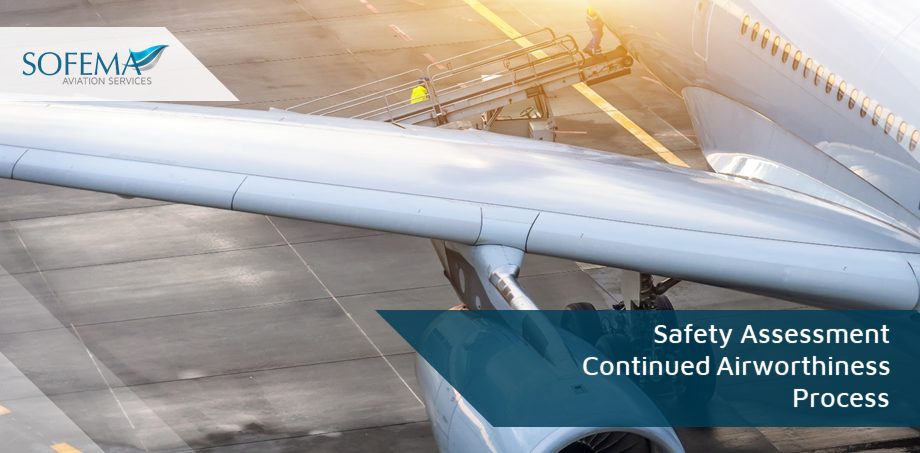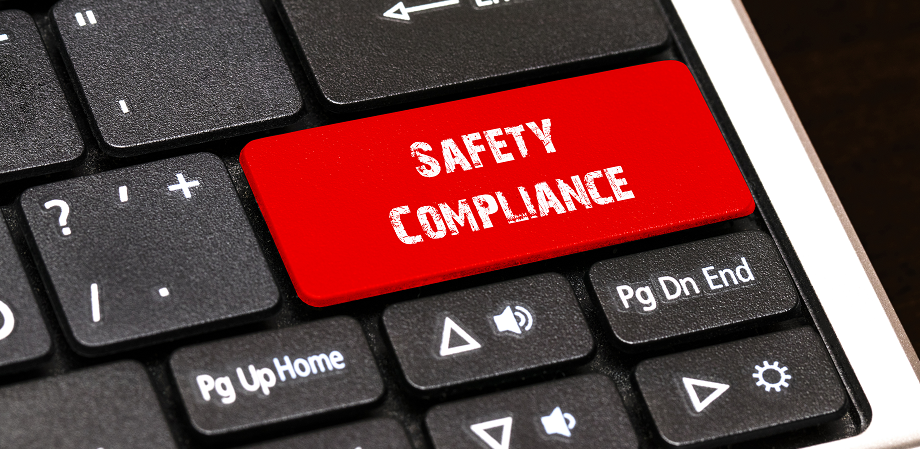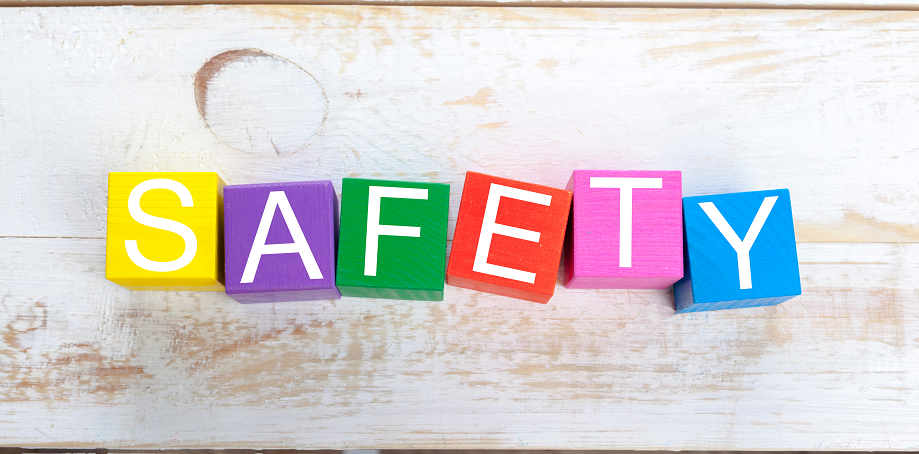Principles of Safety Assessment reference CS 25-1309. Part of the EASA Regulatory Approval and Continued Airworthiness Process
read more
Sofema Aviation Services (SAS) www.sassofia.com considers the requirements for Safety Assessment reference CS 25-1309 as Part of the Regulatory Approval and Continued Airworthiness Process. Introduction EASA (European Union Aviation Safety Agency) certification is an important process that aircraft manufacturers and operators must go through to ensure the safety and airworthiness of their products. As part of…





